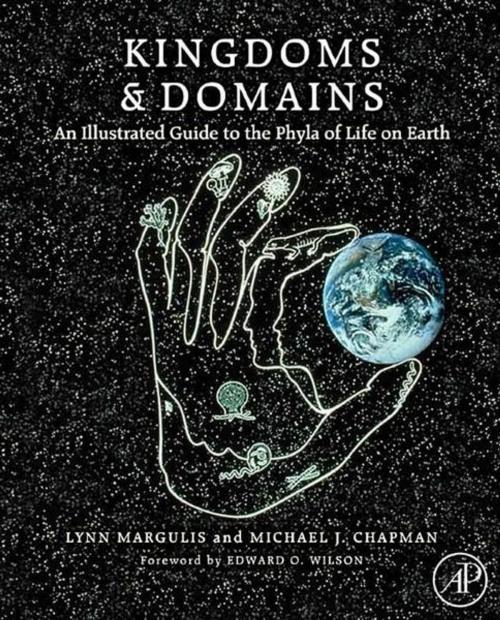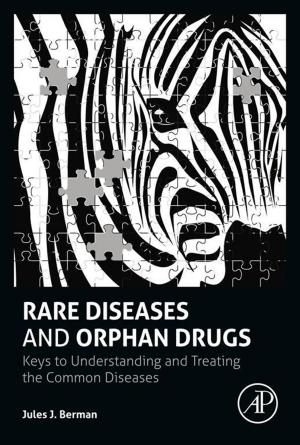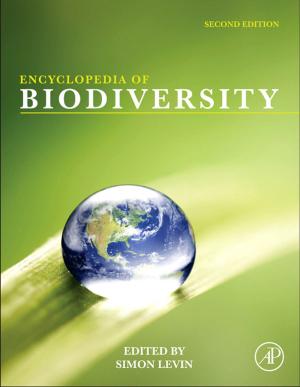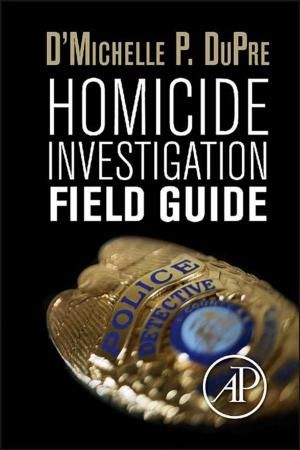Kingdoms and Domains
An Illustrated Guide to the Phyla of Life on Earth
Nonfiction, Science & Nature, Science, Biological Sciences, Ecology, Zoology| Author: | Lynn Margulis, Michael J Chapman | ISBN: | 9780080920146 |
| Publisher: | Elsevier Science | Publication: | March 19, 2009 |
| Imprint: | Academic Press | Language: | English |
| Author: | Lynn Margulis, Michael J Chapman |
| ISBN: | 9780080920146 |
| Publisher: | Elsevier Science |
| Publication: | March 19, 2009 |
| Imprint: | Academic Press |
| Language: | English |
Now published by Academic Press and revised from the author's previous Five Kingdoms 3rd edition, this extraordinary, all inclusive catalogue of the world’s living organisms describes the diversity of the major groups, or phyla, of nature’s most inclusive taxa. Developed after consultation with specialists, this modern classification scheme is consistent both with the fossil record and with recent molecular, morphological and metabolic data. Generously illustrated, now in full color, Kingdoms and Domains is remarkably easy to read. It accesses the full range of life forms that still inhabit our planet and logically and explicitly classifies them according to their evolutionary relationships. Definitive characteristics of each phylum are professionally described in ways that, unlike most scientific literature, profoundly respect the needs of educators, students and nature lovers. This work is meant to be of interest to all evolutionists as well as to conservationists, ecologists, genomicists, geographers, microbiologists, museum curators, oceanographers, paleontologists and especially nature lovers whether artists, gardeners or environmental activists.
Kingdoms and Domains is a unique and indispensable reference for anyone intrigued by a planetary phenomenon: the spectacular diversity of life, both microscopic and macroscopic, as we know it only on Earth today.
• New Foreword by Edward O. Wilson
• The latest concepts of molecular systematics, symbiogenesis, and the evolutionary importance of microbes
• Newly expanded chapter openings that define each kingdom and place its members in context in geological time and ecological space
• Definitions of terms in the glossary and throughout the book
• Ecostrips, illustrations that place organisms in their most likely environments such as deep sea vents, tropical forests, deserts or hot sulfur springs
• A new table that compares features of the most inclusive taxa
• Application of a logical, authoritative, inclusive and coherent overall classification scheme based on evolutionary principles
Now published by Academic Press and revised from the author's previous Five Kingdoms 3rd edition, this extraordinary, all inclusive catalogue of the world’s living organisms describes the diversity of the major groups, or phyla, of nature’s most inclusive taxa. Developed after consultation with specialists, this modern classification scheme is consistent both with the fossil record and with recent molecular, morphological and metabolic data. Generously illustrated, now in full color, Kingdoms and Domains is remarkably easy to read. It accesses the full range of life forms that still inhabit our planet and logically and explicitly classifies them according to their evolutionary relationships. Definitive characteristics of each phylum are professionally described in ways that, unlike most scientific literature, profoundly respect the needs of educators, students and nature lovers. This work is meant to be of interest to all evolutionists as well as to conservationists, ecologists, genomicists, geographers, microbiologists, museum curators, oceanographers, paleontologists and especially nature lovers whether artists, gardeners or environmental activists.
Kingdoms and Domains is a unique and indispensable reference for anyone intrigued by a planetary phenomenon: the spectacular diversity of life, both microscopic and macroscopic, as we know it only on Earth today.
• New Foreword by Edward O. Wilson
• The latest concepts of molecular systematics, symbiogenesis, and the evolutionary importance of microbes
• Newly expanded chapter openings that define each kingdom and place its members in context in geological time and ecological space
• Definitions of terms in the glossary and throughout the book
• Ecostrips, illustrations that place organisms in their most likely environments such as deep sea vents, tropical forests, deserts or hot sulfur springs
• A new table that compares features of the most inclusive taxa
• Application of a logical, authoritative, inclusive and coherent overall classification scheme based on evolutionary principles















